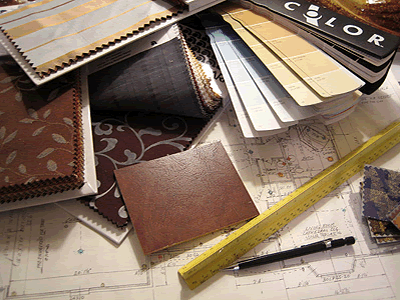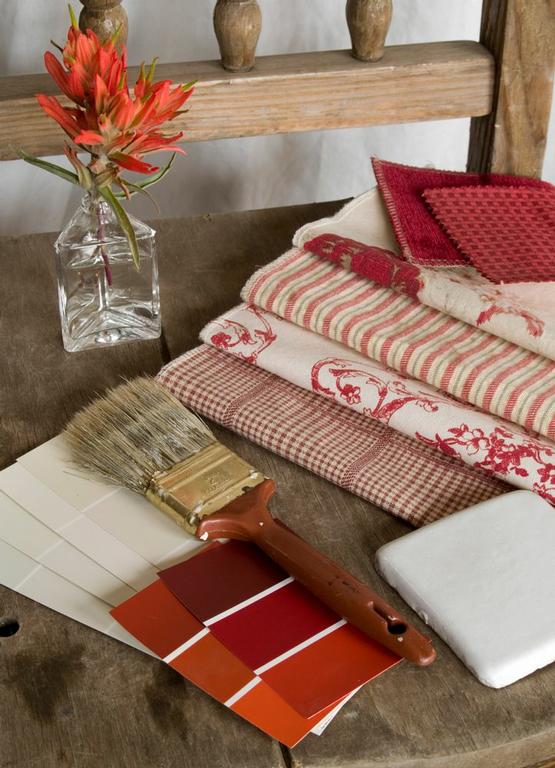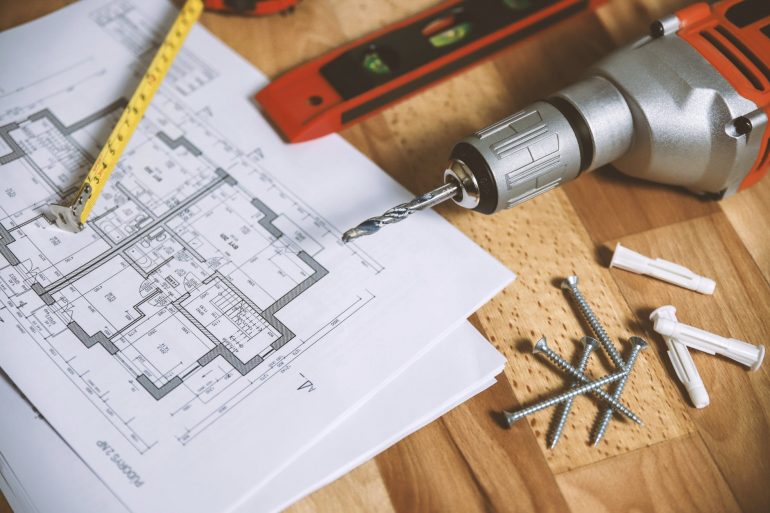My most asked question often is “What are your interior designer fees? There are some fundamental ways that the majority of designers charge for their interior design services. Depending on how much work you are willing to put into your project. This will determine what kind of service you require from your designer.

Hourly rate:
For each and every moment spent working on your home improvement project, you will be charged a designer fee. This includes all meetings, conference calls, emails, shopping, designing/drafting, purchasing, installations and logistics. A designer hourly rate can differ significantly depending on geographic location, experience and education of the designer. You can roughly estimate, it will be between $75-$250 per hour depending on experience or education level. Larger interior design firms will have tiered structures. This is based on who in the firm is working on the project. For example hiring interns vs. the experienced owner. However, one-person design companies will typically have one established designer hourly rate.

Hourly plus markup on goods:
The hourly rate plus a markup on custom and trade-only products is fairly common. Also common, a percentage on any retail purchases made by the designer on the client’s behalf. This additional markup covers the designer’s time and expenses. For example managing all the ordering, logistics, troubleshooting, delivery and installation of the goods. If the client requests a “concierge” design service, where the client’s only job is to approve and pay for the project, this would be the type of service they’d require.
Flat Rate:
A Designer flat rate can have both positive and negative aspects for clients. On the one hand, the clients know what they are paying the designer when they sign the contract. There should be no surprises. For the designer, they can create a specific payment schedule to cover costs and provide income at specific times. The downside for both client and designer is that the complete plan needs to be clearly understood in the beginning. Any changes or additions to the original plan my require a revision of the contract. A designer needs to precisely calculate the time they will spend on the project. Occasionally a project estimated to take 100 hours can suddenly take 200 hours. Miscalculating project time can be a huge loss to the designer. On the other hand, clients may fear a designer will pad their time in order to charge more.

Percentage of the total budget:
At the end every dollar spent on the entire project is tallied up. The designer receives a percentage, which usually is in the 15-30% range. A budget is established in the beginning and payments are made. This is based on the the estimated budget total. By the end, the dollars spent on the project and are totaled. This confirms the designer has received the agreed upon percentage. A percentage is similar to the flat rate. Using the same equation but a flat rate is capped. Whereas, the percentage system is not capped.
As you can see, how a designer charges is not an easy question to answer. It can vary tremendously from one project to the next or from one designer to another. Unless a designer charges a flat fee to provide a design plan. Also, with no added fees for services offered and little changes to the plan. A designer may not be able to give a price without knowing the design budget and particulars of the project. This is because of the various ranges.
Budget Vs Client Desires
A furnished living room can cost $8,000.00 or $80,000.00 and more- depending on what the client desires. The client has the power to determine the budget. It is up to the designer to accept or reject the project. Contrary to popular belief, designers are not looking to simply spend as much of the client’s money as they can. It is their job to lead the client into making the right choices, get the best value for their money. A good designer will educate them along the way. Designers want to provide the right services for the client’s needs. However, designers should be fairly compensated for their efforts and experience.
For assistance with your next home improvement project, contact CT Interior designer, Melanie Langford of All About Interiors


